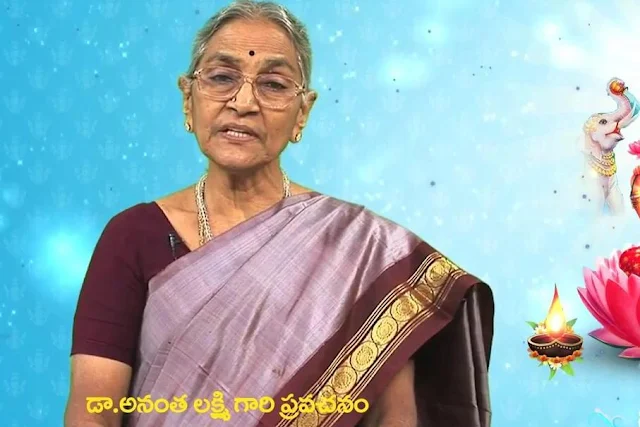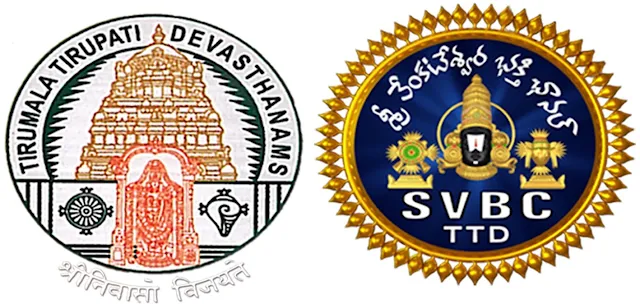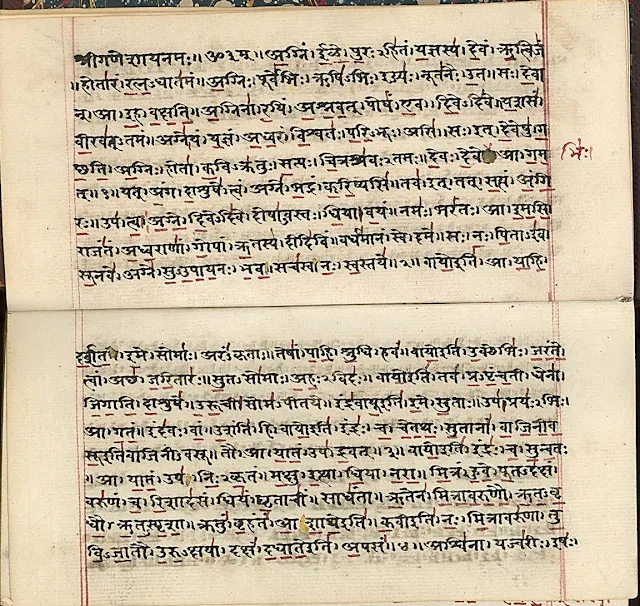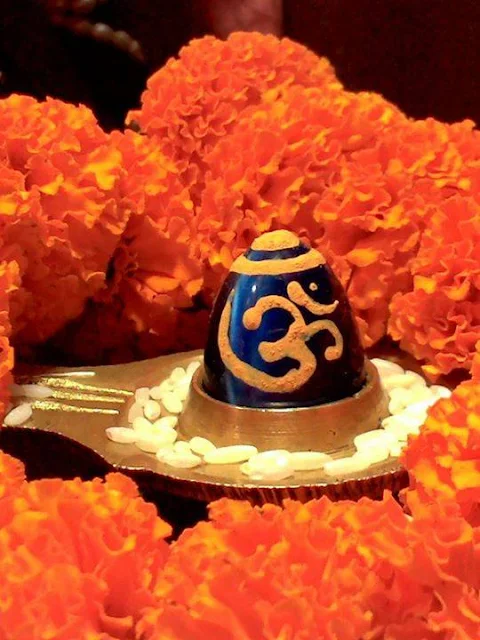Part 1
Sri Sadguru Sivananda Murthy is regarded as one of the greatest contemporary spiritual masters in the enlightened Guru tradition of Santana Dharma starting from Maharishi Veda Vyas and Bhagavan Sri Krishna. Guruji is considered as a living legend and an authority on Vedic literature – the Vedas, the Upanishadas, Jyotisha ( the classical Indian astronomy and Astrology), the Darshans and the Puranas. He is well versed in both the Karmakanda, the ritualist yajna part, and the Jnanakanda, the esoteric knowledge of Brahman, Atman and Mukti of Veda. He is a Yogeswara, who could provide a unique elucidation of Kathopanoishad, combining jnana, yoga and ritualistic karma components referred to in the text. He revealed, probably for the first time, the cryptic Nachiketavidya in the Upanishad to stimulate the genuine seeker to the real yoga sadhna (yoga practice) involving meditation or introspection of the deepest kind. His book katha yoga in Telugu and English has received accolades from Jagadguru Bharati Tirtha Mahaswami of Sringeri.
Part 2
He has travelled extensively from Arunanchal Pradesh to Dwaraka and from Leh to Rameshwaram and performed Yaagas in all the holy places situated throughout this country, seeking the grace of lord Shiva for the welfare of this world. He is a devout patriot and is deeply concerned with the decay of institutions and values in the post-independence India. He has written innumerable articles on Indian-ness, some of which are published as five volumes of Bharatiyata (in Telugu).
Part 3
Sanatana Dharma is a gift of sages of yore to this country. Guruji documented the lives and works of many such sages, as Maharshula Charitralu in Telugu. His collection of discourses on Sri Krishna unfolds the lesser known aspects of the personality and the true nature of Shri Krishna, his essential teaching in Bhagavad Gita, Anu Gita and Uddhava Gita and his interaction with people from all the strata of the society from sages and kings up to cowherd. He has written about the life and teachings of the Buddha. His commentaries on the Vishnu Sahasranama, the Bhagavada Gita and several upansihads bear the unique mark of his wisdom and depth.
Part 4
As part of his effort for preserving the essence of Sanatana Dharma in contemporary India, Guruji has been encouraging classical Indian music and dance, and publication of works of literature, including republication of classics such as Sarva Darshana Sahasra and Shivadrishti (teulgu translations) He honours regularly eminent citizens of India excelling in diverse disciplines such as modern science, technology, medicine, literature, history, performing arts, social work, administration and politics.
Part 5
Guruji is a friend, philosopher, a fatherly figure and a spiritual guru to the thousands of his disciples and devotees scattered all over the world, upholding the tradition of “Vasudhaivakutubakam”. Telugu university and GITAM university in Andhra Pradesh have honoured him with D.Litt. degrees, Rashtriya Samskrita Vidhyapith with the upadhi of Mahamahopadhyaya and Kanchi Kamakoti Pitha with the title Desikottama. He is instrumental in the founding of Andhra Music Academy, Sanathana Dharma Charitable Trust, Sivananda Supatha Foundation and building magnificent temple in Utkal architecture at Beemunipatnam invoking the divine grace of Sri Mahalakshmi for the citizens of India.
Part 6
Our Beloved Gududev attained Kailashprapti on 10-06-2015 leaving behind rich treasure house of Janana on Sanatana Dharma and trained thousands of devotees across the world to follow his holy foot-steps. All the activities as was being done during the life time of our beloved Gurudev will be continued with same spirit under his divine blessings.
Part 7
Kandukuri Sivananda Murty is a well-known Indian scholar and a humanist with a wide following in India and in other countries, who writes about Indian heritage and culture, spirituality and philosophy. He has published many books and articles in newspapers and journals. He lives in his ashram Ananda Van in Bheemunipatnam, Visakhapatnam District, Andhra Pradesh, India.
Kandukuri Sivananda Murty was born on December 21, 1928 into a royal family of Urlam and Devadi Villages in Vizianagaram District of Andhra Pradesh.
His parents Sri Veerabasavaraju and Smt.Sarvamangala were great worshippers of Lord Shiva and built around 200 temples in His dedication. From his child hood days, he was deeply drawn towards spiritual subjects and especially towards Yoga sastra.
He graduated in Science from Vizianagaram in the year 1949 and later took up a sub-ordinate service in Hyderabad. He had a tenure of service over a decade in histoical place of Hanmakonda(Warangal). Even while serving the Police Department of Andhra Pradesh, he devoted a great deal of his time in serving the poor and needy and educating the people about Hindu Dharma and its eternal verities. He opted for voluntary retirement as an officer and devoted himself to cultural and charitable service to the society.
Part 8
His love for his great country and its ancient culture rooted in Sanathana Dharma is indeed phenomenal and unique. As a spiritually powerful public communicator, he constantly exhorts in all his public lectures that all citizens, including Sanyasis, who are dependent on Society are duty bound to think and act as custodians and trustees of public welfare. He is a walking encyclopedia on Hindu Dharma, History, Indian Fine arts like, Music, Dance, Drama and literature.
His essays on contemporary subjects like cultural, political and spiritual history were serialized in a Telugu daily, and was later published in two volumes under the name of Bharatiyata. His commentary on Kathopanishad received profound acclaims from the Paramacharya of Kanchi and Sringeri Shankaracharya.
Guruji's main emphasis portends to 'Sanathana Dharma'. He has been striving to educate Indians especially to get back to the rich value system that existed in India and that one which will once again make all the citizens of this country proud. He tirelessly reminds every Indian of the values and glory of 'Sanathana Dharma', the principles of which when followed will instil a sense of pride and self respect.

Satguru Sri Sivananda Murty is a spiritual master and mentor par excellence. Lord Sri Rama lived the life of an ideal human being. His exemplary life throws light on various facets of human existence and guides humanity as regards an ideal son, citizen, husband, ruler ; even an ideal opponent or adversary. Lord Sri Krishna gave us the philosophical basis for such a life, covering various aspects relating to Gyana, Moksha, Bhakti, Yoga, Karma etc. As Sri Rama, the Lord showed us how to be, by practically living such a life; while as Sri Krishna, He gave us the theoretical underpinning for it. Satguru Sri Sivananda Murty is a rare and unique combination of the theory and practice of Sanathana Dharma, where the ideal and blemishless life of Lord Sri Rama, i.e. God as man, is blended perfectly with the highest mystic state of spiritual excellence of Lord Sri Krishna, i.e. man as God, in a seamless union of the human and the superhuman.
-------------------------------------------------------------------------------------------

Some of speeches and articles have been published into books - Bharateeyata, Bharateeyata -2. He has written books on 'Katha Yoga'.
Guruji has written a series of articles in various magazines and newspapers and has to his credit more than 450 articles, on educating and inspiring the common man towards righteous living, in the Telugu Daily Andhra Bhoomi.
Guruji's sermons on the Hindu marriage culture - its origin and significance, have been compiled into a book called "Hindu Vivaha Vyavasta - Dampathya Jeevanamu", which means (Hindu Marriage Instituition - Married Life). The first edition of this book was published simultaneously in English and Telugu, in 2006.
Guruji's book - "Maharshula Charitra" about Indian saints was released in the later part of 2007.
He also wrote a coffee table book on the film "Gautama Buddha" (Year 2008).
Guruji has a collection of 16000 volumes in his personal library at Bheemunipatnam.
Guruji is the Chief Patron of :
Sanathana Dharma Charitable Trust that honours deserving individuals who contribute to the field of Arts, Science & Technology, Literature, Medicine, Journalism, Humanities and other intellectual pursuits. The Trust conducts an annual ceremony bringing together greats in these several fields and honours them.
Andhra Music Academy was established to promote the cause of 'Indian classical Music' and dance which is slowly losing its roots. SADGURU estalbilshed a Hall with advanced recording equipments for the musicians who are interested in recording classical music and to conduct workshops at ANAND VAN Ashram. The Academy has been successfully organising a Music festival every year in Hyderabad.

Gurudevobhava - Kandukuri Sivananda Murthy gaur
Satguru Kandukuri Sivananda Murthy garu On Bharatiyata (Our Heritage)









































